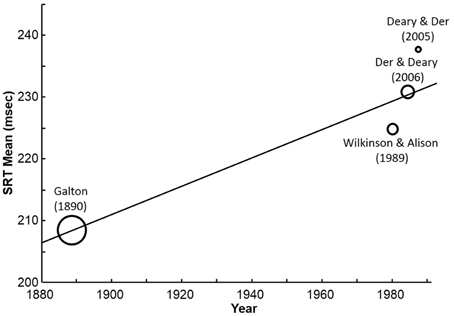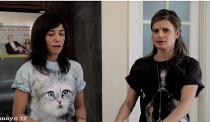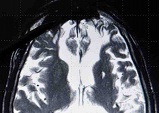 As shots rang out across the courtyard, I ducked behind my desk, my adrenaline pumping. Enraged by the inexplicable violence of this complex and multi-faceted attack, I promised the public I would use this opportunity to push my own pet theory of mass shootings.
As shots rang out across the courtyard, I ducked behind my desk, my adrenaline pumping. Enraged by the inexplicable violence of this complex and multi-faceted attack, I promised the public I would use this opportunity to push my own pet theory of mass shootings.
Only a few days have passed since this terrible tragedy and I want to start by paying lip service to the need for respectful remembrance and careful evidence-gathering before launching into my half-cocked ideas.
The cause was simple. It was whatever my prejudices suggested would cause a mass shooting and this is being widely ignored by the people who have the power to implement my prejudices as public policy.
I want to give you some examples of how ignoring my prejudices directly led to the mass shooting.
The gunman grew up in an American town and had a series of experiences, some common to millions of American people, some unique to him. But it wasn’t until he started to involve himself in the one thing that I particularly object to, that he started on the path to mass murder.
The signs were clear to everyone but they were ignored because other people haven’t listened to the same point-of-view I expressed on the previous occasion the opportunity arose.
Research on the risk factors for mass shootings has suggested that there are a number of characteristics that have an uncertain statistical link to these tragic events but none that allow us to definitively predict a future mass shooting.
But I want to use the benefit of hindsight to underline one factor I most agree with and describe it as if it can be clearly used to prevent future incidents.
I am going to try and convince you of this in two ways. I am going to selectively discuss research which supports my position and I’m going to quote an expert to demonstrate that someone with a respected public position agrees with me.
Several scientific papers in a complex and unsettled debate about this topic could be taken to support my position. A government report also has a particular statistic which I like to quote.
Highlighting these findings may make it seem like my position is the most probable explanation despite no clear overall conclusion but a single quote from one of the experts will seal the issue in my favour.
“Mass shootings” writes forensic psychiatrist Anand Pandya, an Associate Clinical Professor in the Department of Psychiatry and Behavioral Neurosciences at the UCLA School of Medicine, Los Angeles, “have repeatedly led to political discourse”. But I take from his work that my own ideas, to quote Professor Pandya, “may be useful after future gun violence”.
Be warned. People who don’t share my biases are pushing their own evidence-free theories in the media, but without hesitation, I can definitely say they are wrong and, moreover, biased.
It is clear that the main cause of this shooting was the thing I disliked before the mass shooting happened. I want to disingenuously imply that if my ideas were more widely accepted, this tragedy could have been averted.
Do we want more young people to die because other people don’t agree with me?
UPDATE: Due to the huge negative reaction this article has received, I would like to make some minor concession to my critics while accusing them of dishonesty and implying that they are to blame for innocent deaths. Clearly, we should be united by in the face of such terrible events and I am going to appeal to your emotions to emphasise that not standing behind my ideas suggests that you are against us as a country and a community.
 A project I’ve been working on a for a long time has just launched:
A project I’ve been working on a for a long time has just launched:



 Marketing magazine has an
Marketing magazine has an  Artists brains are ‘structurally different’ according to The Independent, who
Artists brains are ‘structurally different’ according to The Independent, who 


 Funny or Die is supposedly a comedy site but they seem to have a brief
Funny or Die is supposedly a comedy site but they seem to have a brief  We’ve covered some dodgy neuroscience journalism in our time but The Daily Mail has such as amazing piece of
We’ve covered some dodgy neuroscience journalism in our time but The Daily Mail has such as amazing piece of